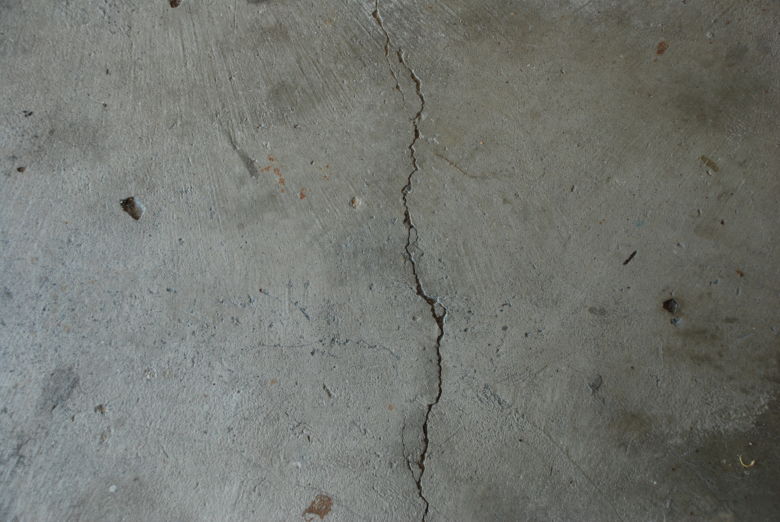Proper Planning Prevents Poor Performance
Recently, I received a call from someone my wife works with. This person had a problem on their hands. They are currently building a new, fair sized custom bungalow. The new home has a few non standard features/assemblies. The portion that was causing them concern happened to be the floor system. This floor system involved a fairly substantial concrete overlay on an engineered wood floor. This is a tricky thing to get right.
Very shortly after the builder poured the new 3″ thick overlay, cracks began to develop throughout the slab. I was asked to come have a look and offer some perspective.
Following conversations with an engineer, thoroughly reviewing the plans/specifications, and visiting the site, I was confident that the issue is non structural. Thankfully, I was able to set the persons mind at ease a little, and of course, explained to them that my perspective should be confirmed with the engineer of record.
Unfortunately, they weren’t problem free. The problem, although not structural- is still a problem. Who wants to spend tens of thousands of dollars on a specialty concrete overlay that is to be ground/polished as a finished floor only to have a sub-par cracked up surface! I sure wouldn’t be pleased. This person will now have to weigh the pros and cons of deciding to live with it the way it is, or fight for it to be replaced. The reason it may result in a fight is because the builder from what I understand is convinced that he followed the plans/specifications.
The plans they had produced, while structurally accurate were lacking in architectural details, interior details, and specifications. In a major project such as a new custom home, a home addition, or a large/major renovation the devil is in the details. In this case specifically the plans called for the foundation and floor of the house to be constructed a certain way (structural/construction details – adequate). However, they specified very little when it came to the concrete overlay. There was no specific product specified. Had there been, manufacturers guidelines could have provided further specifications. There was no preparation method specified. There was no underlay or bonding detail specified. The plans specified only what was required structurally, but not what was required to create a long lasting, aesthetically pleasing, and reliable surface.
Because of this the builder did what he thought was appropriate while respecting the minimum structural requirements, and minimum building code requirements. Unfortunate, minimum structural and building code requirements do not concern themselves with the longevity, aesthetic appearance, or durability of a non-structural or non life safety component of a building for the most part.
My assumption is that the set of plans being worked off of may have only cost them a maximum of $4,000-5,000. For an extra little bit of money up front, and by engaging with someone who has experience doing custom and detailed planning, this situation could likely have been avoided.
There’s an old military adage: Proper Planning Prevents Poor Performance. This couldn’t be more relevant in the residential building and renovation industry!
I am 100 percent confident that by spending the additional time and money planning thoroughly up front results in many, many cost savings during construction.
Image Credit: sycha.com


Leave a Comment
You must be logged in to post a comment.